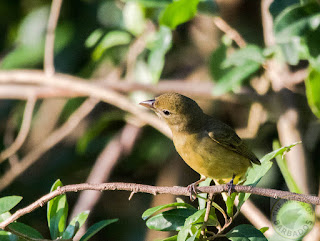 |
| Blue-winged |
 |
| Male and Female Ring-necked Ducks |
 |
| Female Northern Pintails |
Birds of Barbados is a social media initiative that aims to raise awareness and educate people about the beautiful birds of Barbados, both native and migratory, where and how to see them, the challenges they face, and the efforts to protect them.
 |
| Blue-winged |
 |
| Male and Female Ring-necked Ducks |
 |
| Female Northern Pintails |
 |
| Black-and-white Warbler was seen at Harrison's Point |
November Birding
November is an exciting month for birding. This is because historically, not just rare-birds were recorded during this month, but mega-rare birds - birds you usually only see once in a lifetime in this region. Here are a few examples of mega-rare birds seen during November:
Let's
see what will turn up this year.
October’s Rare Bird Sightings
October saw a few new birds entering
the list. Here is a complete list, highlighted parish by parish. (*
continuing Birds)
St. Lucy
 |
| Fulvous Whistling-Duck |
 |
| Gull-billed Tern |
 |
| Summer Tanager |
 |
| Blackpoll Warblers |
St.
Philip
 |
| Least Tern |
St. Michael
 |
| Snail Kite |
St. James
 |
| Brown Pelican |
Feel free to contact me, Julian Moore @
100birdsbarbados@gmail.com, John Webster @ barbadosbirds@gmail.com, or Ed Massiah
@ ebmassiah@hotmail.com to report
any rare bird sightings, or if you need assistance identifying a bird, we would
be happy to help.